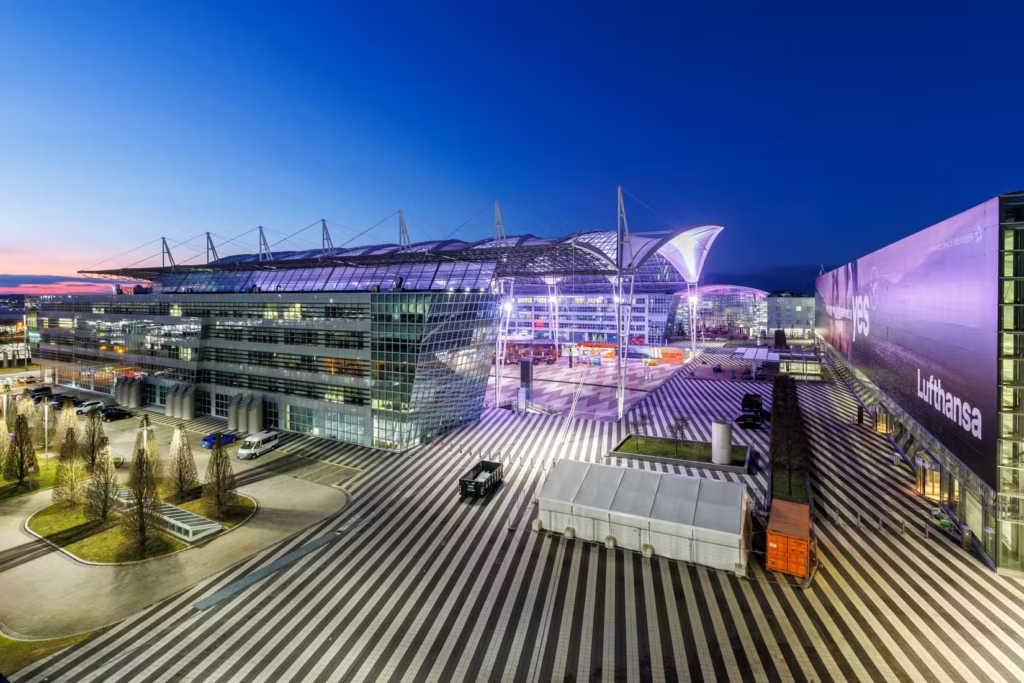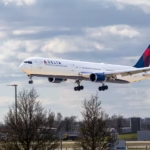Passengers passing through Terminal 2 at Munich Airport (MUC) in southeastern Germany may find themselves encountering service robots at the moment. This is because the Bavarian facility has teamed up with the Lufthansa Innovation Hub to increase its operational efficiency, with several small projects being involved in the makeup of this wider program. One is the deployment of service robots.
Without sound we lay there, the beast exerting every effort to reach me with those awful fangs, and I straining to maintain my grip and choke the life from it as I kept it from my throat. Slowly my arms gave to the unequal struggle, and inch by inch the burning eyes and gleaming tusks of my antagonist crept toward me, until, as the hairy face touched mine again.As announced by the Lufthansa Innovation Hub in a statement released by the firm earlier today, the subsidiary of the German flag carrier is looking to improve Munich Airport’s operations while also giving tech startups a platform to trial their solutions. To this end, the two parties have signed a Memorandum of Understanding (MoU) that will see them recognize the mutual benefits of their collaboration.
Robots Are Being Deployed At Munich Airport
One of the most visually conspicuous aspects of Munich Airport’s partnership with the ![]() Lufthansa Innovation Hub is the deployment of service robots in Terminal 2 at the Bavarian facility. Described as “a concrete example for jointly driving innovation in airport operations by conducting pilot projects,” this has seen the companies team up with a startup called Ottonomy, which has provided the robots.
Lufthansa Innovation Hub is the deployment of service robots in Terminal 2 at the Bavarian facility. Described as “a concrete example for jointly driving innovation in airport operations by conducting pilot projects,” this has seen the companies team up with a startup called Ottonomy, which has provided the robots.
There are currently two of these at the airport, in an initiative that began this week. Based in the gate areas and baggage reclaim zones of the terminal, these adorable autonomous service robots, known as Ottobots, have been tasked with both “assisting passengers with information [and] promoting the services of Lufthansa.” With this initiative, Munich Airport is hoping to streamline its customer interactions.
“Our robots, powered by Contextual AI, are enabling enterprise customers to drive innovation, delivering better customer experiences and operational efficiencies in the aviation industry. A partnership with forward-thinking industry leaders like Lufthansa brings this vision even closer to reality.” – Ritukar Vijay, the Chief Executive Officer of Ottonomy
How Do The Ottobots Work?

Ottonomy’s ‘Ottobot’ service robots are designed to foster intuitive interactions with passengers in Terminal 2 at Munich Airport, and it all starts with the simplest of tasks. Specifically, guests can scan a QR code on the side of the robot using their mobile phone or tablet device, which “directs them to Lufthansa’s chat assistant for self-service options.” This can be helpful if human staff members aren’t around.
This enables passengers to access all the relevant and necessary information regarding their flight, or, in the case of flight disruption or changes to their schedule, they can use it to rebook their journey or even request a refund. Moving away from using the robots to directly ascertain and utilize information regarding their journeys, passengers can also use them for other functions. These include:
- Acquiring information regarding tax refunds.
- Providing directions to lost and found services.
- In the future, Munich Airport hopes to be able to use the robots to distribute goods such as bottled water to passengers. This is made possible with Ottonomy’s ‘Ottobot’ autonomous service robots thanks to the presence of integrated containers.

The use of service robots in Terminal 2 at Munich Airport is just one of many initiatives that will hopefully arise from the Bavarian facility’s new partnership with the Lufthansa Innovation Hub. Collectively, the two companies are “offering opportunities to digitalize, automize, optimize, and re-invent” by tackling challenges for both customers and businesses to enhance the entire airport travel journey.
As far as Ottonomy’s robots are concerned, Munich Airport is one of several environments where these friendly four-wheelers have already been deployed. Indeed, as explained by the Lufthansa Innovation Hub, they have also seen service “at hospitals and for last-mile deliveries across the globe.” Munich Airport’s Terminal 2, which is the home of Lufthansa at the Bavarian facility, is an exciting next step. Lufthansa’s top routes from Munich in April, per Cirium, can be seen below.









I started off at once for the Spotted Dog, for I knew the landlord had a horse and dog cart. I ran, for I perceived that in a moment everyone upon this side of the hill would be moving.
Sal said it wouldn’t do.
When the amphitheater had cleared I crept stealthily to the top and as the great excavation lay far from the plaza and in an untenanted portion of the great dead city I had little trouble in reaching the hills beyond.
But I got a dreaming and sprawling about one night, and somehow, Sam got pitched on the floor, and came near breaking his arm. Arter that, Sal said it wouldn’t do.